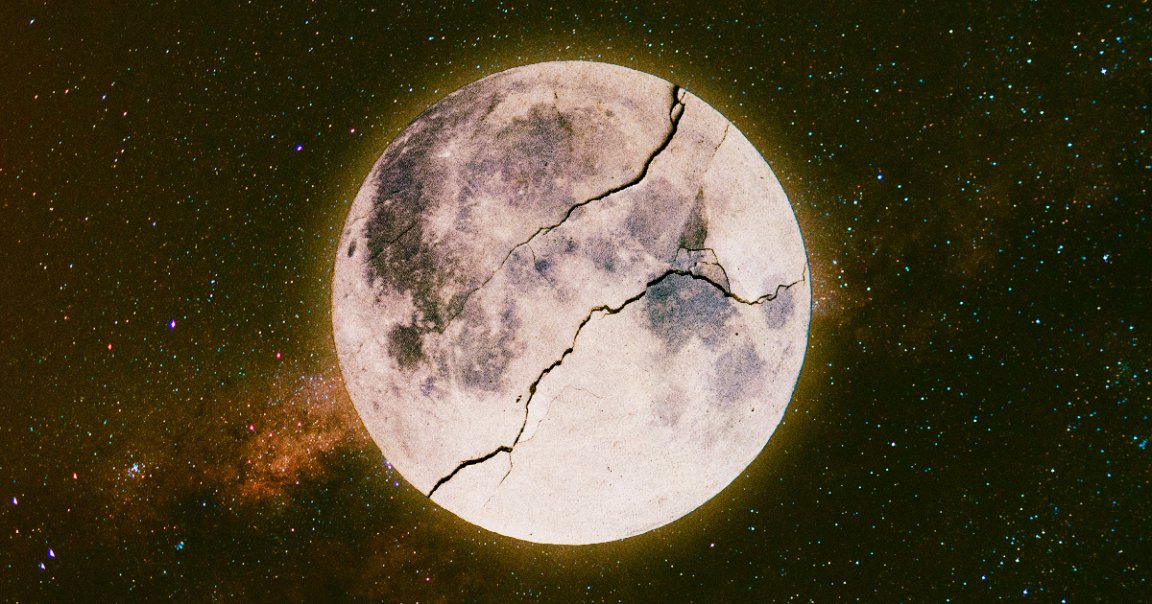
Shake It Off
The Moon has quakes like the Earth, though their causes are typically quite different — and, in a fascinating example of how pesky humans can alter off-world locations that they explore, it now seems that the addition of the Apollo 17 base more than 50 years ago made the Moon quake a bit harder.
The lunar surface, as Caltech scientists note in a statement about their new research, expands and contracts based on the vast swings in the Moon’s surface temperature, which can range between 250 degrees to negative 208 degrees Fahrenheit in its sunny areas — and colder where the Sun don’t shine — because its desolate surface has no atmosphere to insulate it.
To study these tremors, the Apollo 17 astronauts placed three seismometer arrays near their lunar base that recorded moonquake activity between October 1976 to May 1977. Unfortunately, those readings were left largely unexamined until the last few years.
In the new research, published in the Journal of Geophysical Research — Planets, the Caltech researchers used machine learning models to find that alongside the precisely timed tremors from the Moon itself, there were some strange additional seismic signatures. Ultimately, they found that the tremors seemed to be coming from the Apollo 17 base itself, which also expanded and contracted like the lunar surface.
“Every lunar morning when the Sun hits the lander, it starts popping off,” Allen Husker, a Caltech research professor of geophysics and co-author of the new study, said in the school’s statement. “Every five to six minutes another one, over a period of five to seven Earth hours. They were incredibly regular and repeating.”
Blank Space
As Husker notes, the strategic placement of additional seismometers, such as on the Moon’s shadowy south pole, could help help us learn more about our planet’s barren natural satellite.
“If we could put up a few seismometers [on the lunar south pole], we could look for water ice that may be trapped in the subsurface,” the research professor said, adding that “seismic waves travel slower through water.”
More recently, India put another seismometer on the Moon during its uncrewed mission last month — and that instrument, too, detected seismic activity before entering sleep mode on September 2.
“The Moon is the only planetary body other than the Earth to have had more than one seismometer on it at a time,” Husker said. “It gives us the only opportunity to thoroughly study another body.”
More on the Moon: India Releases First Ever Rover on Moon’s South Pole